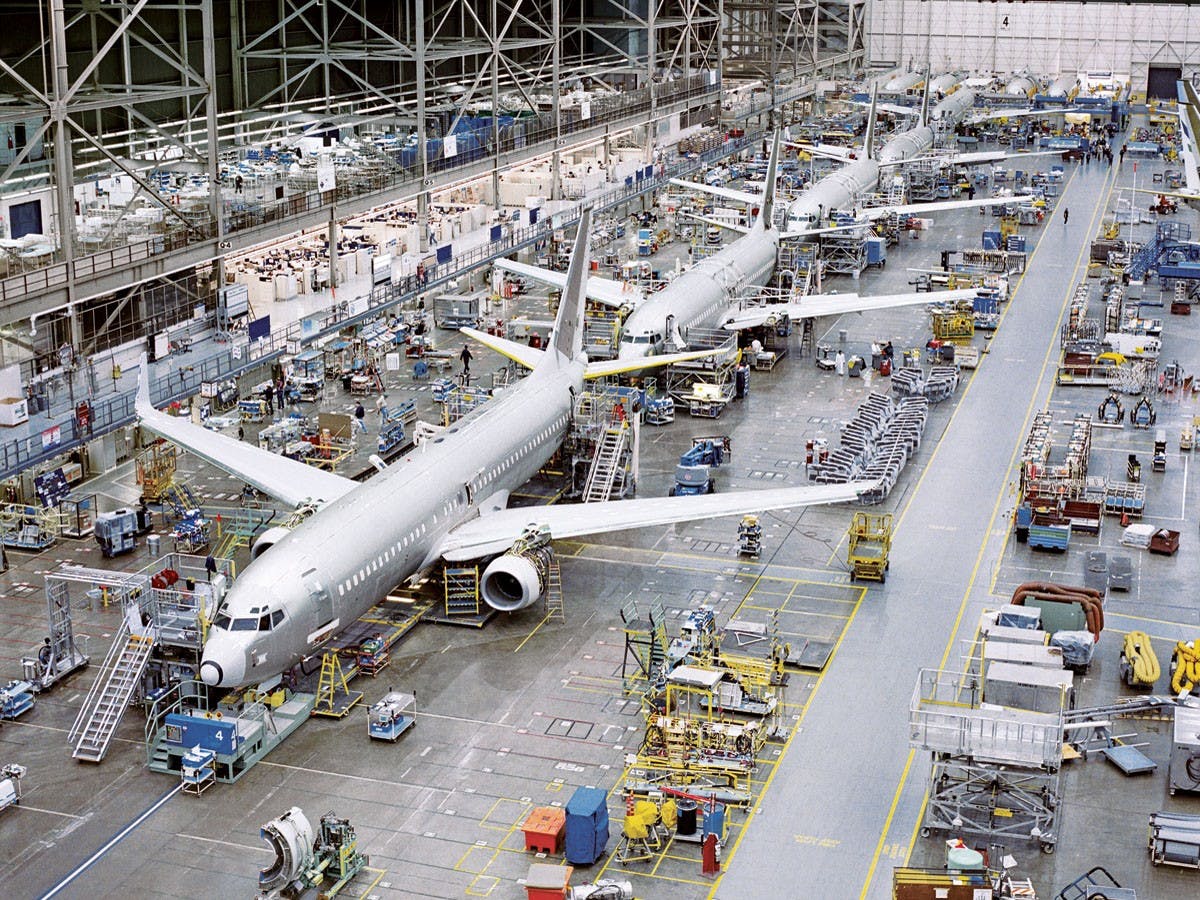With Margins Shrinking, Is It Time for Aerospace to Act on Quality?

Boeing is demanding its suppliers to reduce their prices by 10% according to a February article published in Bloomberg Business Week. It’s a hard pill for many to swallow given that that these cuts are on top of the roughly 15% cuts demanded in 2012 when the company launched its Partnering for Success program.
Boeing programs like the Dreamliner, ran into massive cost over-runs due to delayed delivery and poor-quality components produced by their suppliers. This led the aerospace giant to demand price decreases and improved quality from its suppliers to compensate.
The pressure has many aerospace suppliers wondering how they can remain profitable, especially as original equipment manufacturers (OEMs) also look to expand their own aftermarket maintenance and repair services.
So, what’s the answer for aerospace suppliers? The math is simple: reduce quality costs—a huge and unnecessary profit sink—by investing in high-leverage strategies that build operational excellence and a culture of quality.
Pricing Pressure is Going Up
There’s no question that pricing pressure has had an impact on aerospace suppliers’ profits in recent years. It’s not just Boeing, either. European defense giant Airbus is also flexing its muscle with suppliers, even as it ramps up production rates and quality requirements.
Company leadership has said that 100% on-time delivery and quality are minimum expectations for suppliers, not just hypothetical goals. Across the board, aerospace OEMs have made clear that suppliers who expect to win contracts must be willing to work within the new terms—and deliver faster and better than ever before.
While this new approach is ruffling feathers throughout the industry, the strategy has largely been successful for OEMs. In fact, according to Bloomberg, Boeing’s share price has doubled since the beginning of 2017.
The key take-away? Don’t expect to see policies like these go away anytime soon.
The Impact of Quality on Profits
Companies focused on operational excellence have long known that quality directly impacts profits. And it’s not just direct losses like scrap and warranty costs—there are also hidden costs around diminished productivity, inefficiency and loss of brand value.
The American Society for Quality has pointed out that while companies typically estimate quality losses at 10% of revenue, the actual cost can total far more. Even a conservative estimation would put quality-related losses of at least $1 million for a company with $10 million in revenue.
Conversely, in a recent Forbes survey of 1,800 senior executives and quality professionals, nearly half reported that improved quality efforts have increased profits. The survey also showed that companies making meaningful investments in continuous improvement and operational excellence enjoy higher profits, both through increased sales and efficiency.
While the Forbes results are encouraging, it’s obvious that not all companies have evolved to where they should be. Many manufacturers still have big strides to make, but it won’t happen until they recognize quality as an investment rather than a net cost.
Improving Aerospace Quality: A High-Level Perspective
The Forbes survey highlighted several key gaps and strategies for the other half of companies aiming to get up to speed market leaders:
- Process modernization: Time spent on putting out quality fires is growing, representing huge productivity losses. Outdated processes are slowing many companies down, compared with those investing in digital transformation who are seeing faster reporting and improvements.
- Monitoring and measurement: The survey showed that less than 25% of companies have well-developed quality metrics. Other studies have shown that 2 in 3 companies don’t even track cost of quality, a key operational metric. Clearly, you can’t manage what you don’t measure in the first place.
- Quality culture: Successful quality initiatives require a culture of communication and collaboration, a concept we’ve continuously advocated on this blog. The reason is that to harness your team’s combined brainpower and creativity, everyone has to feel comfortable contributing their ideas—and their criticism.
Quality often doesn’t get enough attention due to the push and pull between quality and production, but mature organizations reject this as a false choice. Quality isn’t just the job of a single department, nor are defects treated as an unfortunate byproduct of hitting production targets.
It’s about finding solutions that boost both quality and efficiency, like Lean initiatives or electronic layered process audits for checking high-risk processes frequently. As for our original question of whether now is the time to act on quality? Clearly the answer is yes—the real question is which companies are willing to make the leap.